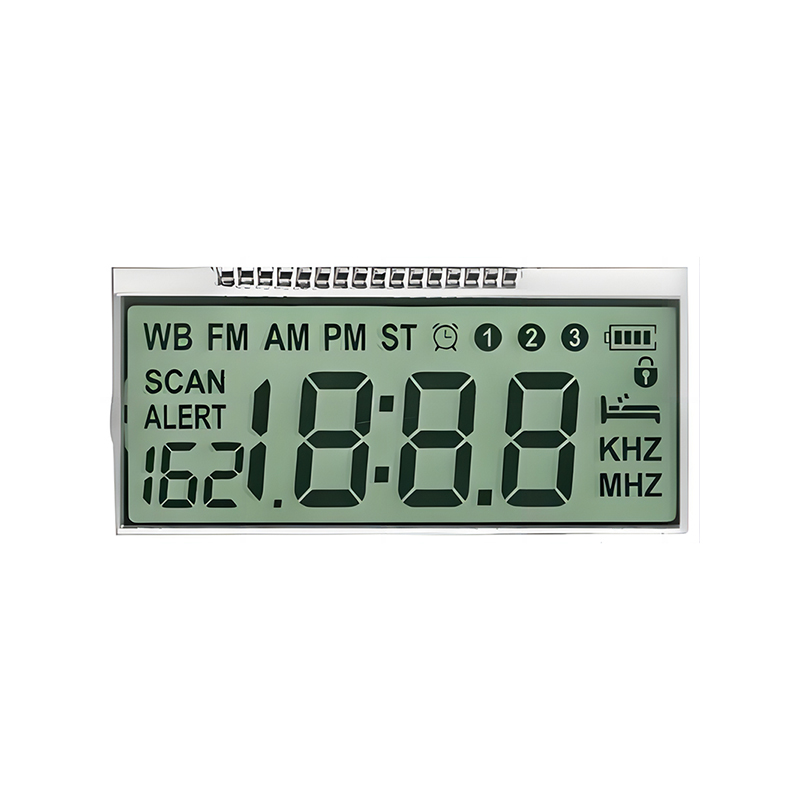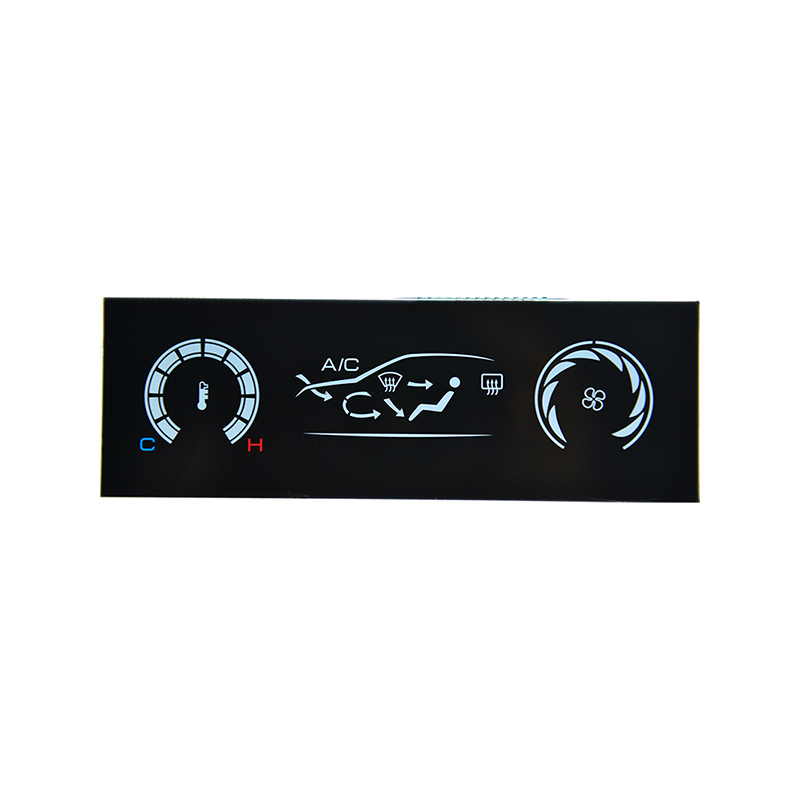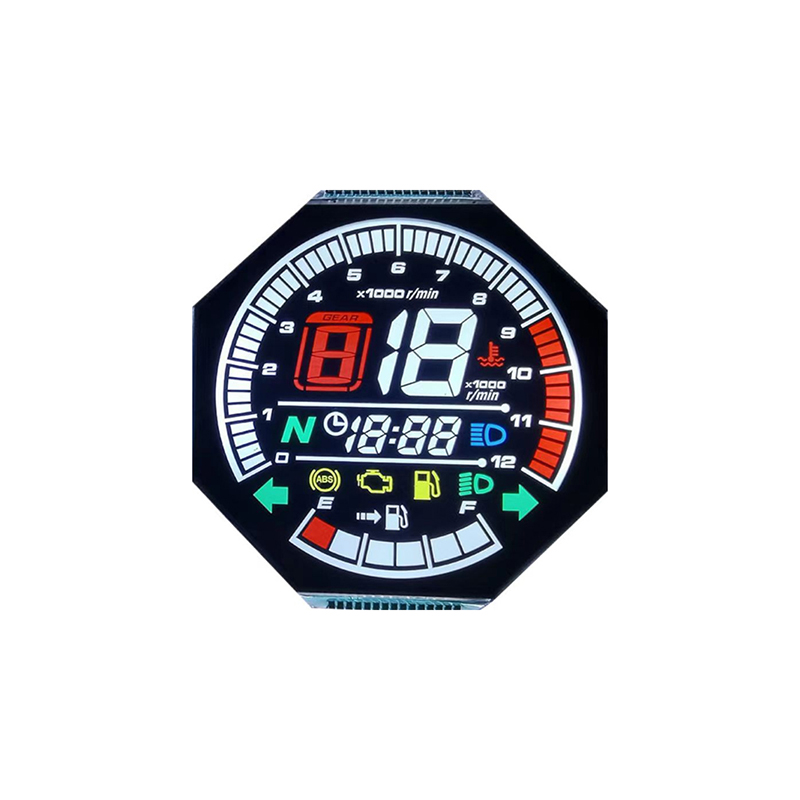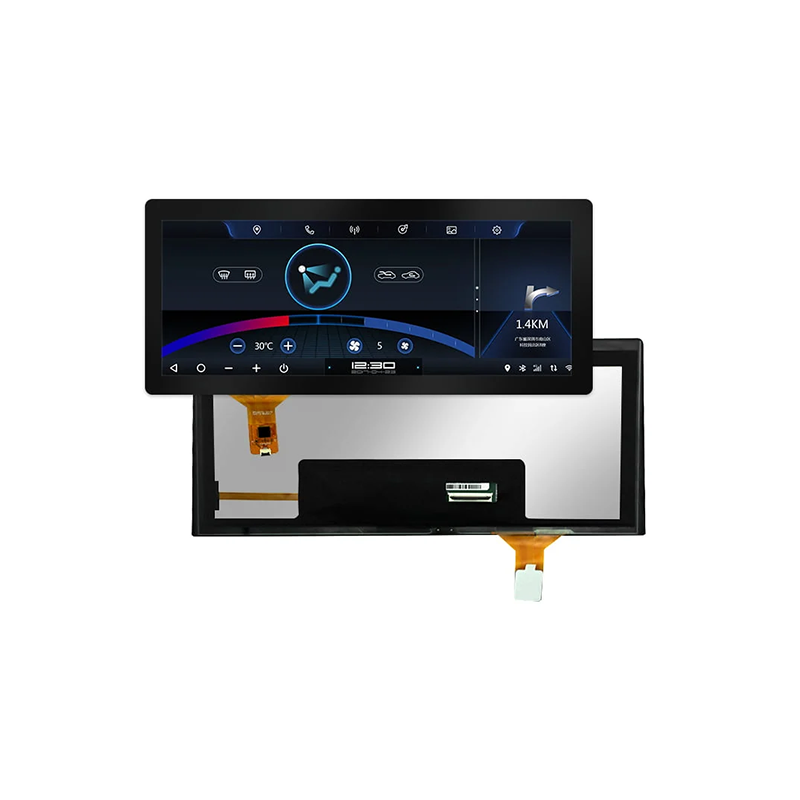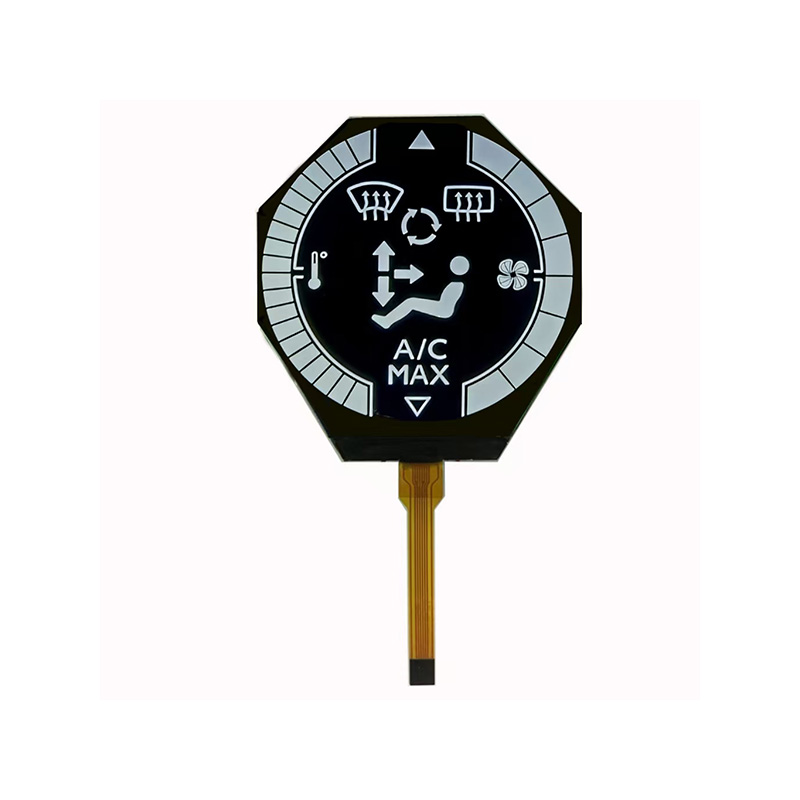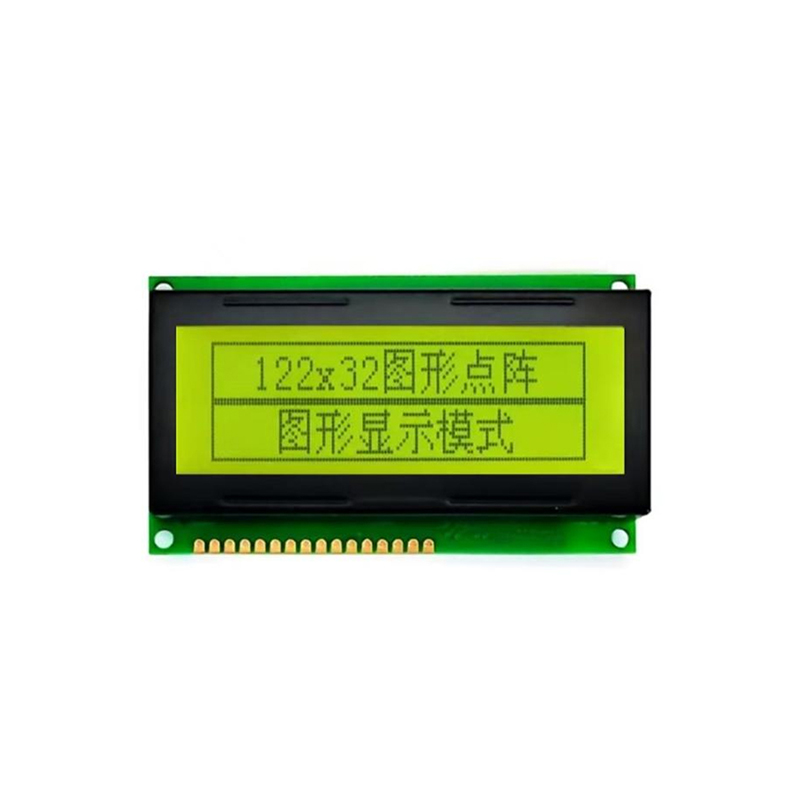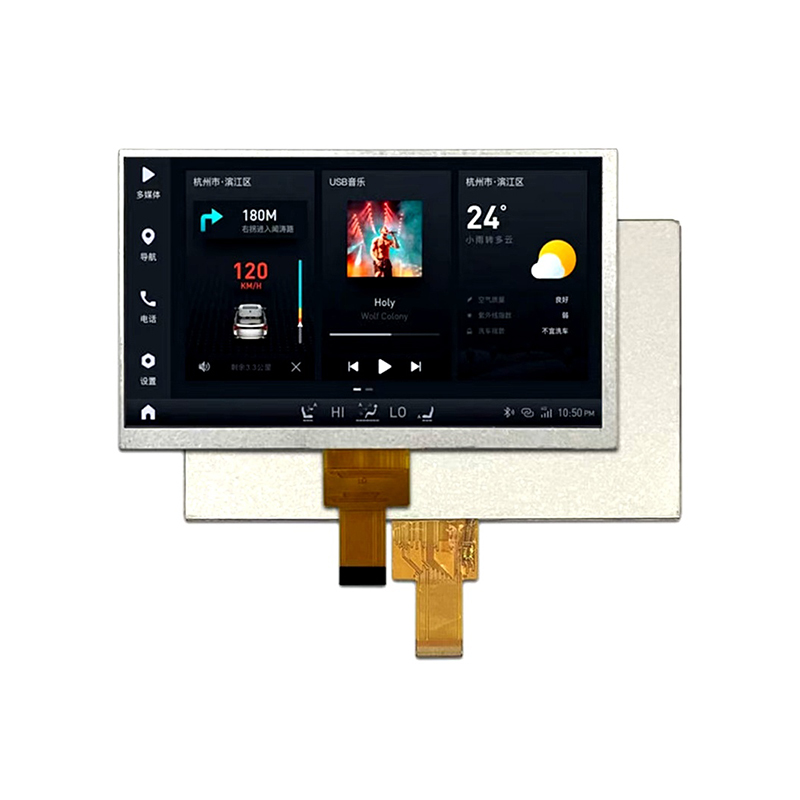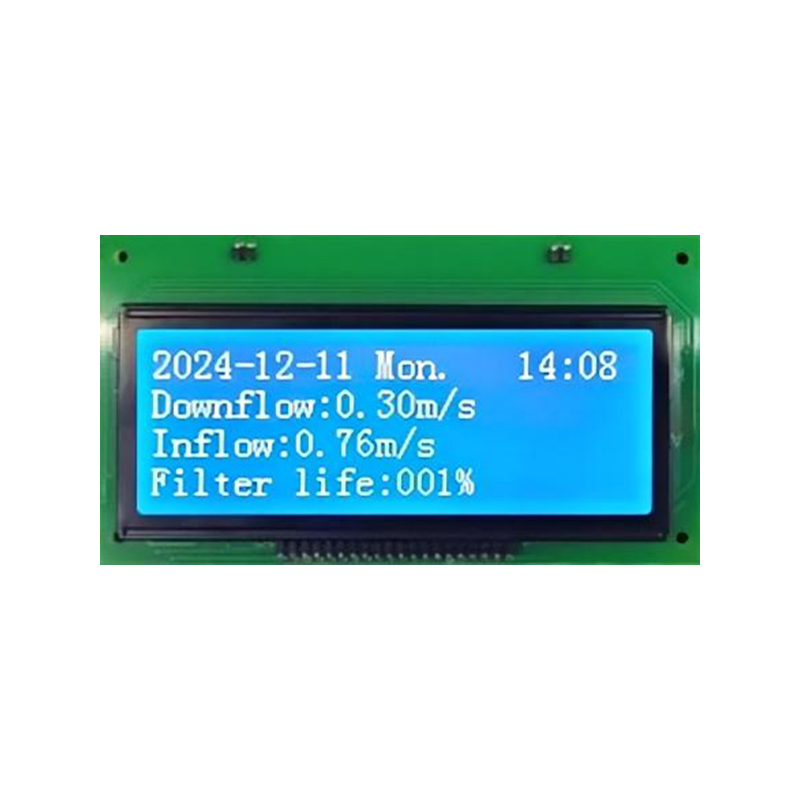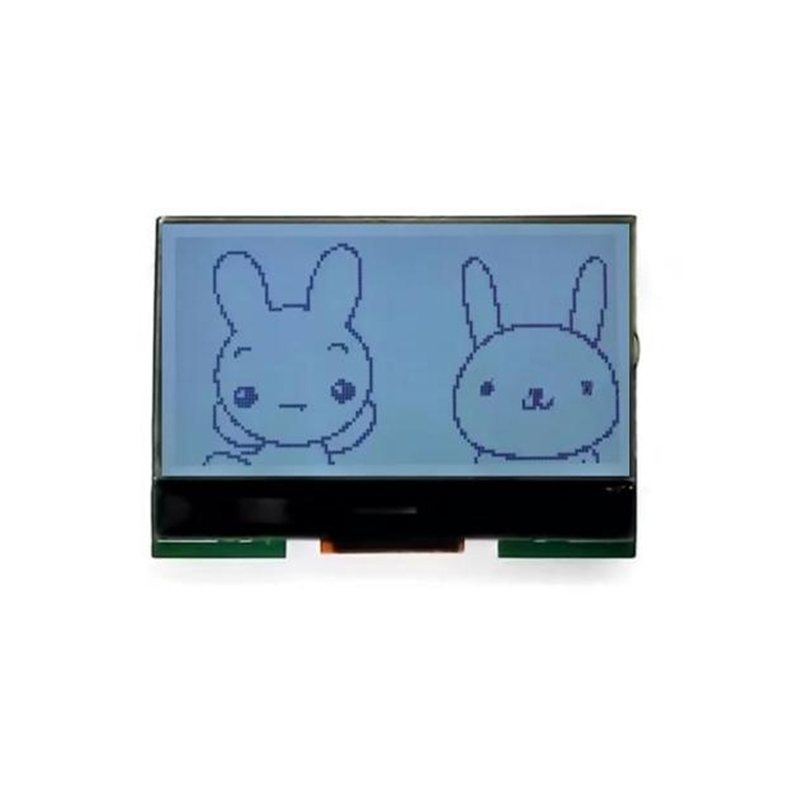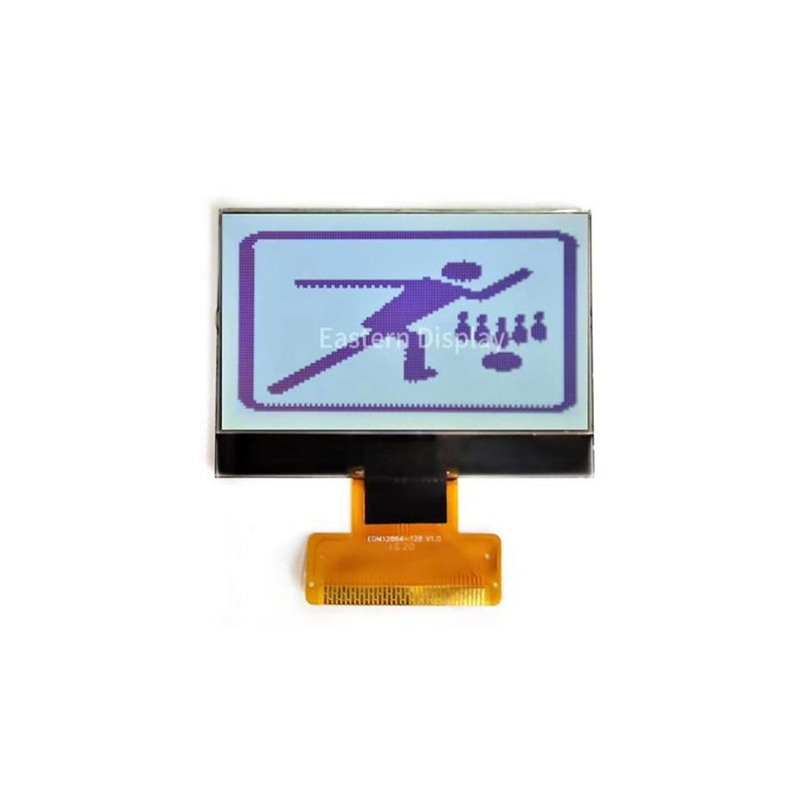
This guide explores the best combinations of DHT11 temperature and humidity sensors and 1602 LCD displays for your projects. We'll compare different products, discuss their features, and help you choose the optimal setup for your needs. Learn about compatibility, ease of use, and potential challenges to ensure a smooth project implementation.
The DHT11 is a widely used, cost-effective sensor that measures both temperature and humidity. It's incredibly popular due to its simplicity and low price point. While not as accurate as some higher-end sensors, its ease of use makes it perfect for many hobbyist and educational projects. Data is transmitted digitally, simplifying integration with microcontrollers like Arduino. However, its relatively low accuracy (humidity ±5%, temperature ±2°C) should be considered when choosing a sensor for precision applications. You can find datasheets from various manufacturers online to get the most up-to-date specifications.
The 1602 LCD (Liquid Crystal Display) is a common choice for displaying information from sensors and microcontrollers. It's a 16-character by 2-line display, offering sufficient space to present essential data like temperature and humidity readings. Its low cost and simple interface make it a favorite among makers. Keep in mind that the 1602 LCD typically requires a back-light, often powered by 5V. While robust, understanding the limitations in terms of screen size and character count is crucial for project planning.
Choosing the right DHT11 & 1602 LCD product depends on your project's needs. Here are a few popular options:
| Product Combination | Pros | Cons |
|---|---|---|
| DHT11 Sensor + Generic 1602 LCD | Cost-effective, widely available. | May require separate sourcing of components, potentially leading to compatibility issues. |
| Pre-assembled DHT11 & 1602 LCD Modules (many options available on various online retailers) | Easy to use, often includes supporting circuitry and connectors, ensuring compatibility. | Can be slightly more expensive than sourcing individual components. |
Note: Always check product specifications carefully before purchase to ensure compatibility with your microcontroller and other components. Many sellers provide detailed descriptions and datasheets.
Careful wiring is crucial. Ensure correct pin connections between the DHT11, the 1602 LCD, and your microcontroller. Consult datasheets and tutorials for accurate wiring diagrams. Incorrect wiring can damage your components.
Numerous examples and libraries are available online for various microcontrollers (e.g., Arduino). Choose the appropriate library for your microcontroller and adapt the code to your specific needs. Careful code review is essential to avoid errors.
Common issues include incorrect wiring, power supply problems, and software bugs. Systematic troubleshooting, involving visual inspection and code debugging, is essential to resolve any problems encountered.
Selecting the best DHT11 1602 LCD product involves considering factors such as budget, ease of use, and required accuracy. By understanding the characteristics of each component and carefully planning your project, you can successfully integrate these sensors to build various applications. Remember to always consult datasheets and online resources for the most accurate information.
For high-quality LCD screens and displays, consider exploring the offerings from Dalian Eastern Display Co., Ltd. They offer a wide range of options to suit various applications.

